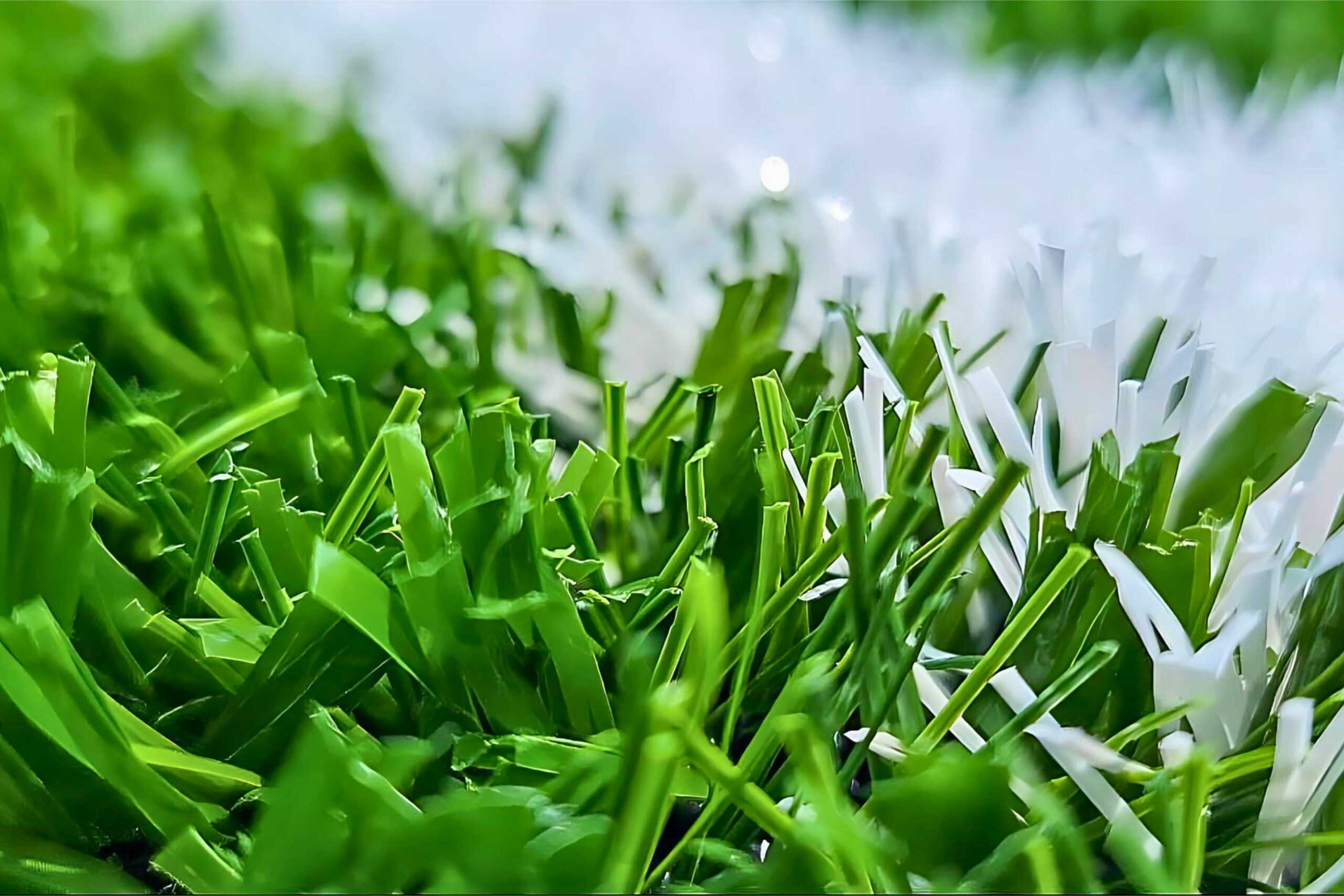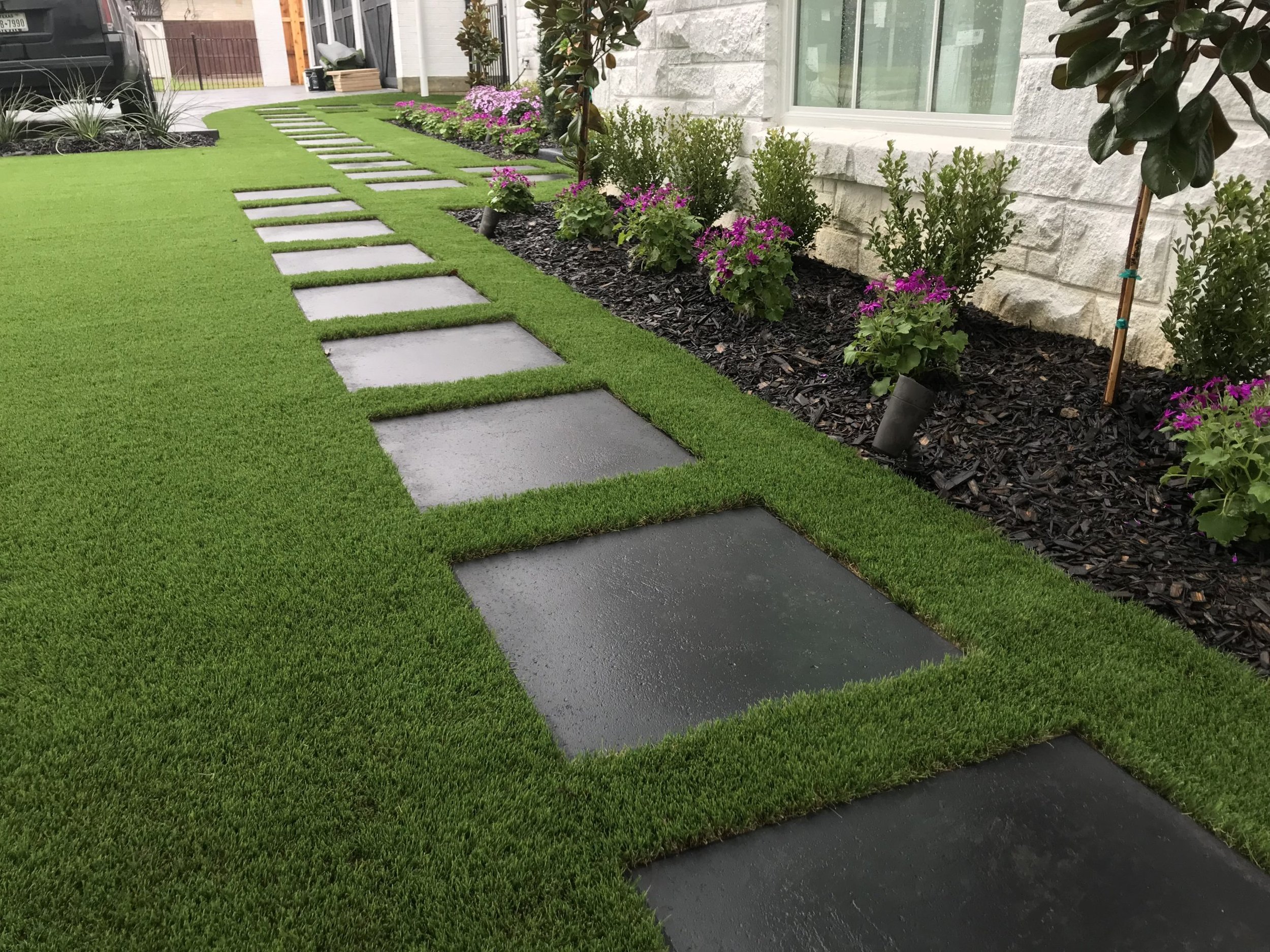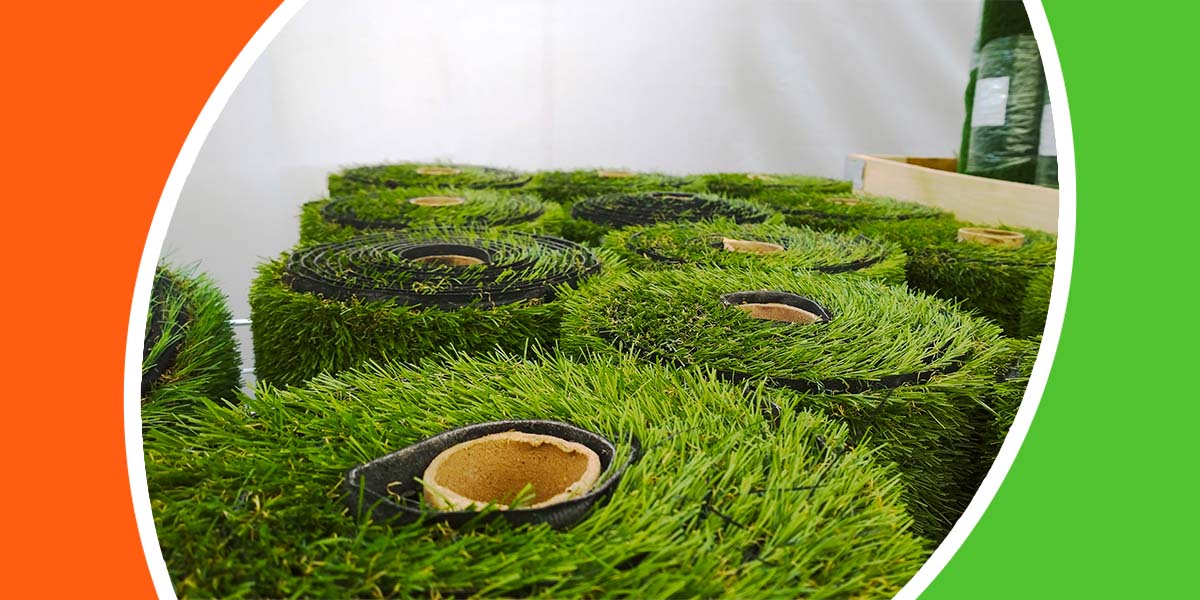Weather-Resistant Arizona Artificial Turf for Home and Commercial Applications
Weather-Resistant Arizona Artificial Turf for Home and Commercial Applications
Blog Article
See Why Homeowners Prefer Artificial Turf for Lasting Landscaping Practices
As home owners increasingly focus on sustainability in landscaping, synthetic grass has become a compelling choice to typical grass. Its ability to save water, minimize maintenance initiatives, and reduce ecological influence positions it as a useful option for those seeking green options. Moreover, the aesthetic appeal and versatility of fabricated turf accommodate varied style preferences. However, the implications of this change prolong past simple ease and visual appeals, triggering a more detailed assessment of how these options affect broader environmental outcomes. What remains to be explored is the full scope of benefits that fabricated grass can provide to property owners and the environment alike.
Water Preservation Benefits
One of the most significant advantages of man-made turf is its role in water conservation. In comparison, fabricated grass removes this demand totally, as it does not require irrigation.
Furthermore, the installation of artificial grass can contribute to a much more sustainable landscape. Property owners can considerably reduce their water costs, permitting reallocation of resources to various other ecological efforts or house usages. Additionally, synthetic grass is created to withstand different climatic problems without the requirement for supplementary watering, making it an excellent option for areas facing water deficiency.
The ecological benefits expand beyond instant water savings. By lowering water intake, synthetic grass aids to minimize the influences of environment change, protecting essential communities that are endangered by excessive water removal. As sustainable landscaping techniques get traction, synthetic grass becomes a responsible selection for homeowners looking for to develop environment-friendly exterior spaces.
Reduced Upkeep Efforts
Fabricated grass substantially reduces maintenance efforts compared to traditional lawn yards. With artificial lawn, home owners can eliminate the time-consuming tasks associated with natural landscaping, such as mowing, fertilizing, and weeding. This not just saves beneficial time yet additionally lowers physical labor, making yard treatment accessible for people of all ages.
One of the most notable benefits is the lack of routine mowing. Traditional yards need constant cutting to preserve a cosmetically pleasing height, whereas synthetic grass stays constantly rich without the requirement for reducing. In addition, property owners no more need to apply plant foods or pesticides, which are frequently needed to keep all-natural grass healthy. This shift not just lightens the work but also promotes a neater, more uniform appearance year-round.
Moreover, synthetic grass is sturdy and resistant, calling for marginal maintenance beyond occasional cleaning and rinsing to remove debris. This ease of maintenance allows homeowners to appreciate their outside spaces without the constant concern of upkeep, giving even more time for recreation and family activities. Inevitably, the lowered maintenance initiatives connected with man-made lawn make it an attractive option for those seeking a low-maintenance, aesthetically appealing landscape.

Environmental Influence Decrease
There is a growing acknowledgment of the environmental advantages related to synthetic grass, specifically in regards to water conservation and minimized chemical use. Conventional lawns need considerable quantities of water, specifically in drought-prone regions, bring about boosted stress on neighborhood water sources. In contrast, synthetic grass gets rid of the requirement for irrigation, considerably decreasing water consumption and promoting sustainability.
Furthermore, conventional lawn maintenance usually involves the application of pesticides, herbicides, and plant foods, which can contribute to dirt and water air pollution. Synthetic grass alleviates this ecological threat by calling for marginal upkeep and practically removing the requirement for unsafe chemicals. This not only improves soil wellness yet also safeguards neighborhood ecosystems from toxic drainage.
Moreover, the manufacturing of all-natural turf lawns generally entails the usage of nonrenewable fuel sources for trimming and landscape design tools, additional contributing to greenhouse gas discharges. By choosing synthetic grass, property owners can substantially decrease their carbon footprint related to lawn treatment tasks.
Aesthetic Charm and Versatility
Along with its environmental benefits, synthetic turf supplies significant aesthetic charm and versatility for landscape design. House owners can attain a lush, eco-friendly look year-round, removing the seasonal fluctuations generally associated with natural lawn. This consistent visual not only boosts the visual charm of a property however likewise adds to a sleek and well-kept look.
Moreover, man-made turf is readily available in a selection of colors, designs, and appearances, permitting customization to suit individual preferences and style motifs - Artificial turf companies phoenix. Whether utilized in domestic yards, commercial areas, or leisure locations, it can seamlessly incorporate into diverse landscaping designs, from modern-day minimalist to lush tropical settings
The convenience of artificial turf expands beyond plain look; it can be set up in numerous areas, consisting of rooftops, patios, and even indoor spaces, developing opportunities for special landscaping remedies. Furthermore, it is ideal for a series of activities, from youngsters's play areas to pet-friendly atmospheres, giving capability without jeopardizing design.
Eventually, the aesthetic allure and convenience of synthetic grass make it an eye-catching alternative for home owners looking for lasting landscaping remedies that do not sacrifice elegance for ecological obligation.

Long-Term Price Financial Savings
One of the most compelling advantages of artificial lawn is its capacity for long-lasting cost savings. Unlike all-natural grass, which requires routine maintenance-- consisting of mowing, watering, fertilizing, and parasite control-- fabricated lawn significantly decreases these continuous expenditures.
Additionally, synthetic grass has a life expectancy official site of 15 to 25 years, relying on its high quality and use. This longevity reduces replacement costs, making it a much more economical option in the future. The preliminary investment in man-made grass can frequently be recouped through the savings built up over time.
While the ahead article of time price might seem greater compared to sod setup, the advancing savings from reduced upkeep and water use often surpass these initial expenses. Inevitably, the adoption of synthetic turf not only promotes a lasting landscaping solution but likewise uses homeowners a monetarily smart alternative that aligns with lasting budgeting objectives.
Conclusion
Artificial turf emerges as an engaging option for lasting landscaping, offering significant benefits in water conservation, lowered maintenance efforts, and lessened environmental effect. As communities increasingly prioritize eco pleasant techniques, the adoption of man-made lawn represents a dynamic step toward accomplishing durable and sustainable landscapes.
In addition, man-made turf is designed to hold up against various climatic conditions without the demand for extra watering, making it an excellent choice for regions encountering water deficiency. (Arizona turf)

Artificial lawn arises as an engaging choice for sustainable landscape design, supplying substantial advantages in water conservation, reduced upkeep initiatives, and decreased environmental influence.
Report this page